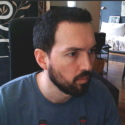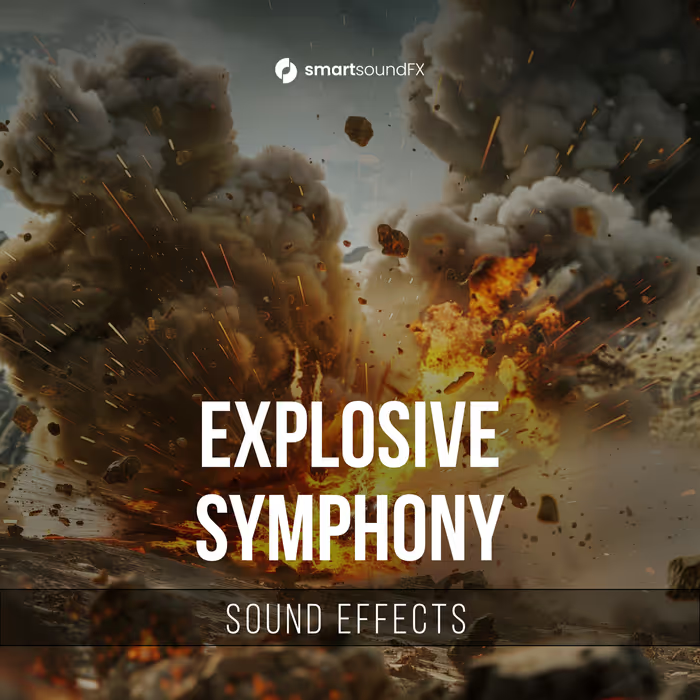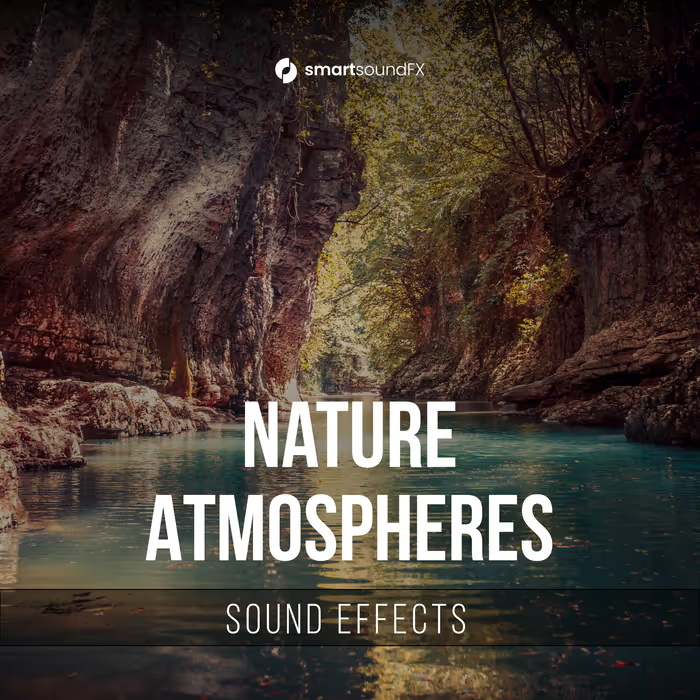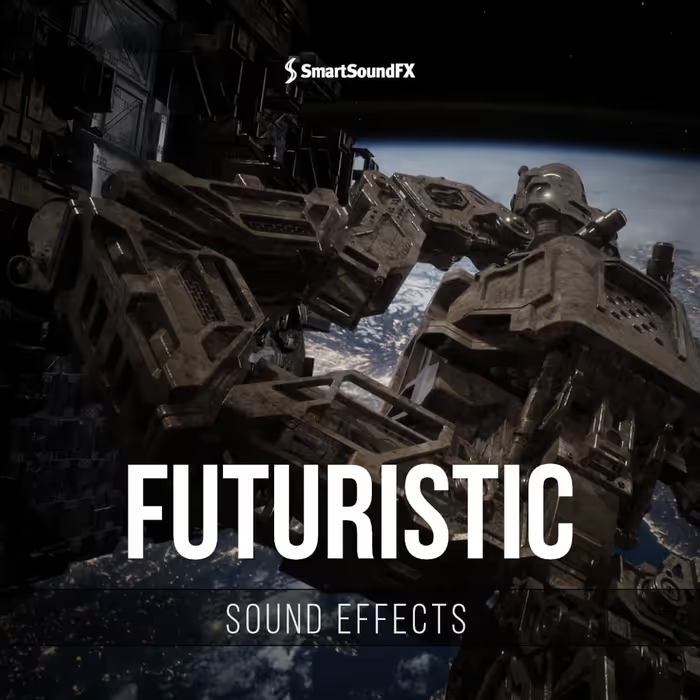In addition to our regular sound stories, how-tos and interviews, going forward, the A Sound Effect blog will also be home to a number of hand-picked columnists!
The columnists are some of the brightest minds & sharpest ears in the game audio and film sound communities, and they'll be sharing their insights, thoughts, techniques and lessons learned.
It's a pleasure to introduce the first columnist: Senior Sound Designer and great game audio community contributor Juan Pablo Uribe - and below, he looks at just how much you need to know to get started and work in audio.
Best wishes,
- Asbjoern, founder of A Sound Effect
When I was first trying to break into the industry as a sound designer for games I remember a friend of mine that told me about their experience interviewing with a large game company. Some of the questions in their interview asked them to explain things like how a ring modulator works, how formants are defined in the vocal tract, what an FFT visualizer is, naming different types of decibel scales, and other things like that.
Being newer to the industry I was surprised by how much specific knowledge was expected to be known for a sound designer
Being newer to the industry I was surprised by how much specific knowledge was expected to be known for a sound designer, when I was already struggling with more basic things like trying to put a reel together, learning middleware, game engines, source control, and so on.
Good enough?
What I didn’t realize until later is that these types of questions are actually rare in game audio interviews, but at that time it put a bit of a scare in me that I was expected to be an expert in so many things related to audio. And I don’t mean only in terms of just knowing how to answer fundamental questions about how sound functions, but I started thinking (and fearing) that I was going to be expected to know everything there is about implementation, sound design, scripting, field recording, VO pipelines, text to speech technologies, ambisonics, MaxMSP, acoustics, audio electronics, audio codecs, synthesis, and on and on.
Obviously that is not the case, because that would be a lot! But even after realizing that knowing everything about everything was not an actual expectation for a sound designer, I was still left with a few questions in my head. If I didn’t need to know everything about everything, then how much was actually good enough? Which areas should I have at least some basic knowledge about? Would it be better to specialize in a few areas or to be more of a generalist? Wasn’t the job all about just making cool sounds and putting them into a game?
If I didn’t need to know everything about everything, then how much was actually good enough?
To be honest, I don’t think I know the answers to any of these questions, even to this day. The truth is that game audio is an extremely complex field with all kinds of different directions you can go. Different types of jobs, wildly different types of game styles that require different knowledge, different expectations from different companies and audio directors, and different paths of growth. A sound designer working on Forza is doing wildly different things than a sound designer working on Battlefield, and their levels of expertise on very specific subsections of game audio might be worlds apart.
But what I can tell you is that in my experience, you don’t need to know everything about audio. This might sound obvious but I know it’s not just me that used to have this worry. Several people that I’ve mentored over the years have had questions like that, which led to interesting conversations and different types of guidance. Sure, there are some people out there that just have these incredible and vast pools of knowledge about all kinds of areas within audio, but that is never a reasonable expectation of anyone in a sound designer position.
Pursue what resonates
I believe that the best thing you can do is to just be you. Pursue what you love. Dedicate yourself to what resonates with you. If you love field recording, then make that one of the core things you pursue within your career as a sound designer to help strengthen your design work. If you love synthesis, or making dialogue sound cool with plugin processing, or if you’re really good at scripting, then really lean into that as something that could possibly differentiate yourself from others. Don’t spread yourself too thin, too early. Instead, be curious and keep learning as you grow and move forward in your career, and keep finding your passions. It’s ok to have gaps in your knowledge. It’s ok to ask questions. It’s ok to not know what you’re talking about if a colleague asks you very specific and advanced questions about, say, ambisonics, or HRTF.
It’s ok to have gaps in your knowledge. It’s ok to ask questions.
Now, it is definitely a boon to have that kind of knowledge at your fingertips. It can come in very handy, and it can even open up doors or impress someone that you really needed to impress at a very specific moment. Even though I don’t believe it’s a core expectation to be an expert in everything, knowing stuff is good!
Take me for example. I like field recording, but I don’t do it enough to consider myself an expert, like some of my friends who are extremely talented at it. I love synthesis but I do it by just feeling it out, the truth is I probably can’t properly explain the fundamentals of what goes on under the hood as some other peers of mine could. I’m terrible about keeping up with ambisonics.
I have huge knowledge gaps all over the place, but I also have found a passion for certain things which I could talk for hours to someone about.
I’m really good about speaking about HRTFs or why humans can easily perceive a drone flying directly above their heads but suck at locating a low battery beep from a smoke detector. I have huge knowledge gaps all over the place, but I also have found a passion for certain things which I could talk for hours to someone about.
[inmini]
The many hats of game audio
The truth is, game audio designers generally have to wear a ton of hats borrowed from other careers in order to complete the package. We have to be field recordists and audio engineers to record our raw sounds, sound designers to create our sounds, sound editors to assemble our sounds into animation frames or vignettes and cinematics, sound implementers to get our sounds into our engines, sound mixers to make sure they mix well with the rest of the game and audio testers to make sure we fire off our sounds in game in as many ways as we think possible to ensure they play back correctly.
Lessons learned
At the end of the day, my best suggestion, especially for sound designers early on in their careers, is to put most of their focus first and foremost on their sound design chops, followed closely by learning how sound is implemented in game engines and middleware. If you happen to have a real deep itch for something a bit more specific, like programming/scripting, or dialogue design, or something like that, then focus entirely on that and follow that road with your heart. Especially audio programming, which is the most coveted audio related position to hire for in AAA studios by a mile, as many audio directors will tell you with a tear in their eye.
My best suggestion, especially for sound designers early on in their careers, is to put most of their focus first and foremost on their sound design chops, followed closely by learning how sound is implemented in game engines and middleware
Technical audio designers are also in high demand, so if you have those inclinations, I highly recommend pursuing that road if it calls to you. Every other bit of knowledge that you bring to the table can be seen as nice things to have that can help you differentiate from others.
As for knowing how a ringmod works under the hood, or explaining how formants are defined in the vocal tract, I personally wouldn’t hold it against anyone if they didn’t know those things off the top of their head. To me it’s just not a necessity even if it is cool to know that offhand. If I ever needed to do some work for a project where formants were a core part of the sound experience, I would take some time to do some research and learn all about it, adding some cool new knowledge to my brain as I go.
It doesn’t matter if you’re starting out or a veteran of 20 years. When it comes to game audio, the learning never stops.
About Juan Pablo Uribe:

Juan Pablo Uribe is a senior video game sound designer, currently working for Bungie on Destiny. He’s also a columnist here on the A Sound Effect blog. Meet him on Twitter here.




